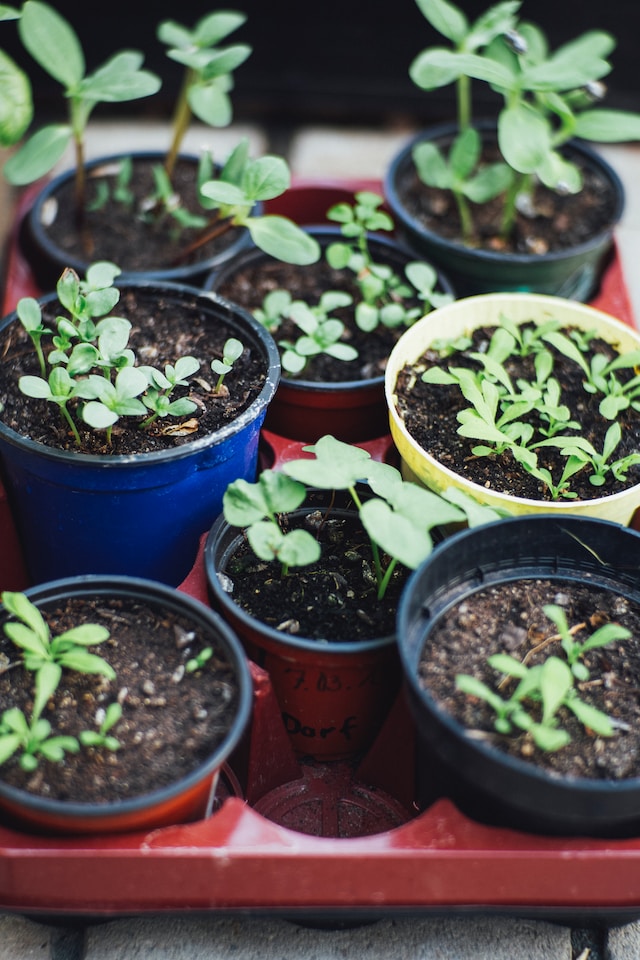Urban living brings its own challenges, including small spaces and lack of adequate sunlight for plants. However, for people with a green thumb, this is no deterrent. With a little creativity, even the most compact spaces can be turned into lush micro-greenhouses, yielding beautiful and healthful produce. Here are ten ingenious hacks to help transform your urban dwelling into your personal organic garden.
Vertical Gardening
Inspired by the urban landscape, vertical gardening makes the most of limited floor space by expanding upwards. Utilizing wall space or multi-tiered planters can dramatically increase the number of crops you can grow. This system allows for better air circulation and simpler maintenance, all while delivering a visual stacked garden.
Indoor Greenhouse Lighting
No sunlight? No problem. Indoor garden lighting can mimic natural sunlight and keep your microgreens thriving. Opt for cost-effective LED grow lights for the most efficient solution. These can be adjusted according to the need of the plant, ensuring healthy growth even in low-light conditions.
Efficient Irrigation
Proper watering is key to maintaining luscious microgreenhouses. However, overwatering or inadequate watering can be detrimental. Miniature drip irrigation systems can deliver the right amount of water directly to the plant roots, saving water while ensuring your plants stay hydrated. Remember to adjust watering levels according to plant needs and season changes.
Shelf Growing
When space is a premium, innovative solutions like shelf growing step in. By stacking plants on shelves, you increase floor space usage and provide plants with better access to light. Simple wooden crates or custom-made stands can be used for this purpose.
Homemade Compost
Recycle your kitchen waste into nutrient-rich homemade compost. It’s an excellent way to feed your plants organically and reduce waste. Composting is a bit of an art, so be sure to turn and aerate your compost pile frequently to speed up decomposition.
Smart Pest Control
Keeping microgreenhouses pest-free without resorting to harmful chemicals can be a challenge. However, with the introduction of smart pest control involving companion planting and the encouraging of beneficial insects, it can be achieved. Once established, this system ensures sustainable organic gardening without harming the ecosystem.
Temperature Regulation
Urban microgreenhouses need attention when it comes to temperature regulation. Too hot or too cold can damage plants. Consider installing a thermometer and keep shades, fans, or heaters close to hand. Also, remember to ventilate regularly. This will ensure the optimal temperature for your plants to thrive in.
Use of Automated System
Opt for automated systems for irrigation, lighting, and temperature regulation to simplify greenhouse maintenance. These systems can be programmed to fulfill plant needs, promoting better growth and decreasing the amount of manual work. They also ensure constant monitoring, meaning any fluctuations that might harm plant growth can be rectified immediately.
Plant Rotation
Practicing plant rotation keeps the soil nutrient-rich and breaks the life cycle of pests. By rotating crops, you can systematically replenish the nutrients used by previous plants, ensuring a steady supply of yield. This technique also promotes diversity in your microgreenhouse.
Creative Microgreen Uses
Microgreens don’t just serve gardening passion, but also culinary interests. They can be a great addition to your diet, offering nutritional benefits and elevating the flavor of many dishes. Check out these inventive microgreen recipes to make the most of your harvest.

